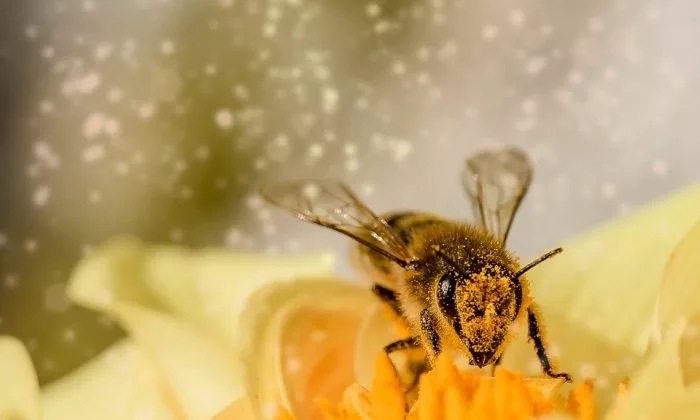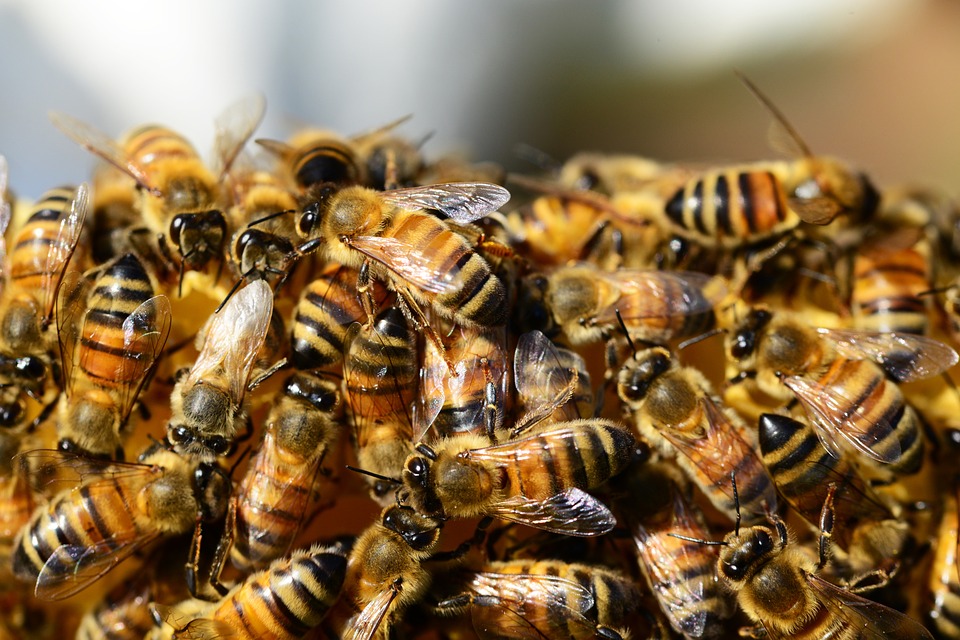What you may not know about bees

Our gardens simply cannot function without this useful insect. However, bees are definitely more than just common pollinators. The next time you watch them working try to remember some interesting facts from their productive but short lives.
Queens, Workers and Drones
The queen is very different from bee workers. She has larger and well-developed ovaries measuring between 20-25 mm (ovaries of worker bees measure only 10-14 millimetres). Drones are bee travellers. They can spend the night in a foreign hive without being chased away by the guardian bees. Unfortunately, drones also spreads diseases and parasites between hives.
The workers do all the work that needs to be done in the hive and their tasks change as they get older – the youngest work in the hive (up to three weeks old), the oldest bring the honey</ strong>. From hatching to the last flap of the wings, an average lifespan of a worker bee is about six weeks. Only bees born in the fall live longer as they survive the entire winter thanks to hibernation. A flying bee can reach an average speed of 21-24 km/h and each bee flaps its wings 180 times per second. Flapping wings create the characteristic buzzing sound.

(Un)Known Bee Reproduction
An average bee colony has only one queen which lays about 2,000 eggs, 50,000 or more workers, and several hundred drones. An interesting fact is that the queen only mates for the first two to three days after leaving the hive with 15-20 drones. The queen retains the sperm for its entire life and uses it to fertilize other eggs.
This act takes place at the so-called trumpet gatherings. Each drone dies after mating. Even if it fails to mate, it will die too. The reason can be either the accumulation of sperm in the body (the drone simply bursts) or because the drone is not allowed to return back to the hive (at the turn of July and August, bees will not let any drones into their hives).
Honey Production
Each honey bee collects organic matter for the production of about 9 grams of honey during its lifetime. So, for one kilogram of this sweet delicacy you need about 1,130 bees, which need to visit about 4 million flowers. Each bee can fly a distance of about 20 kilometres.
Photo: Pixabay

Gardening is my hobby, I have a lot of experience and I am happy to share it.








0 comments